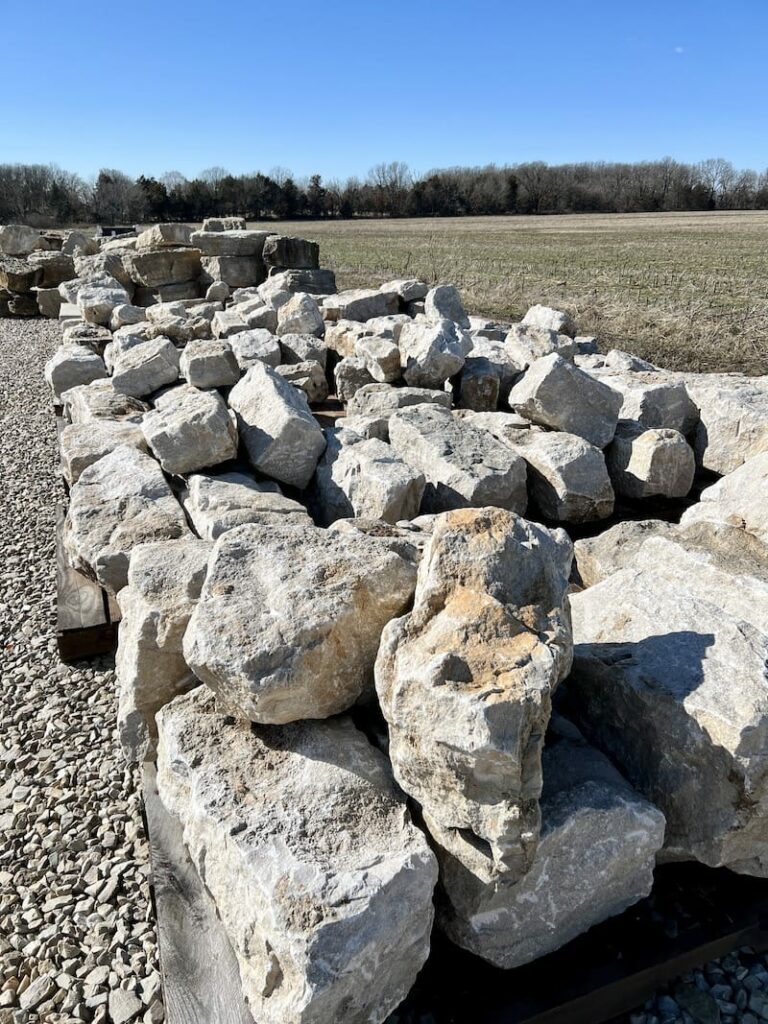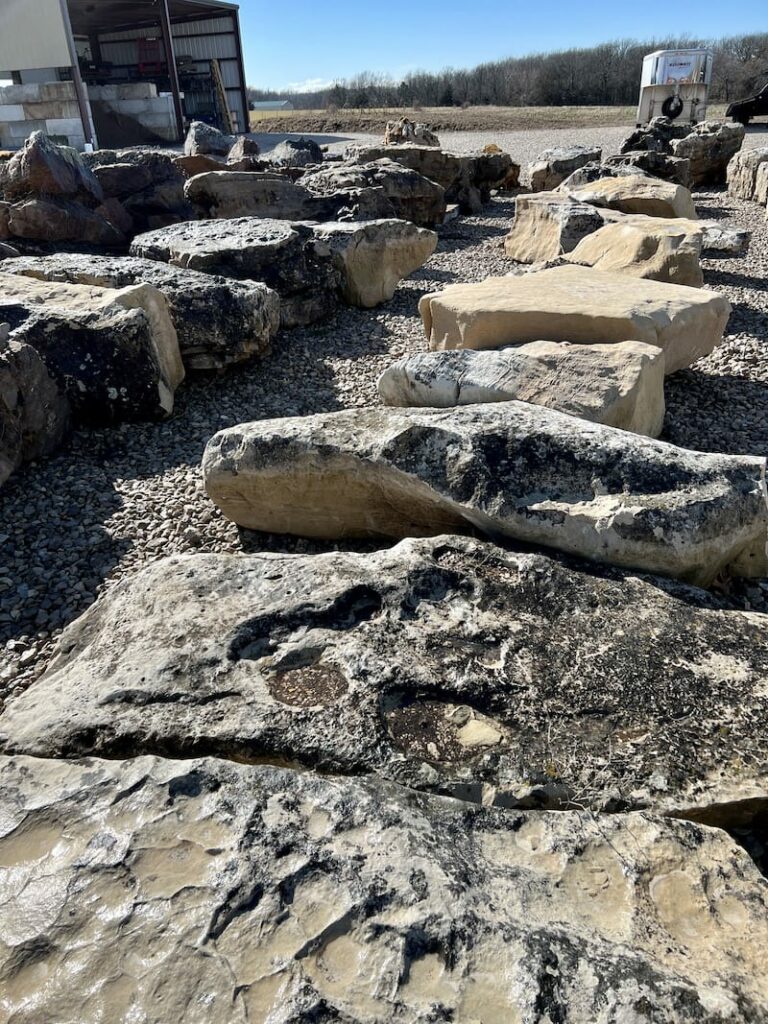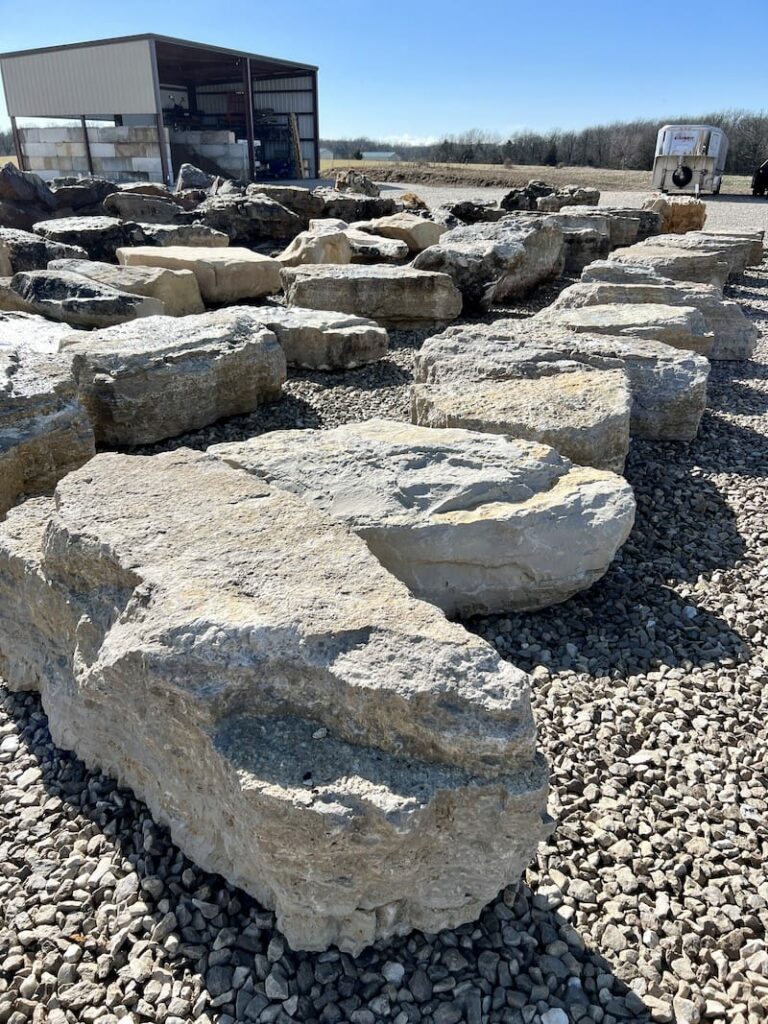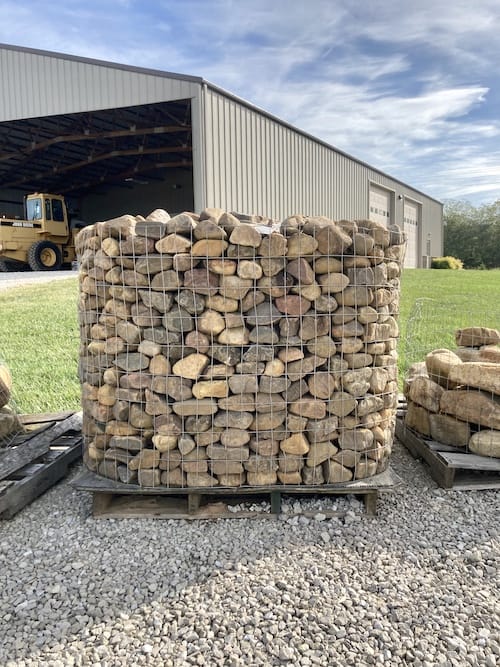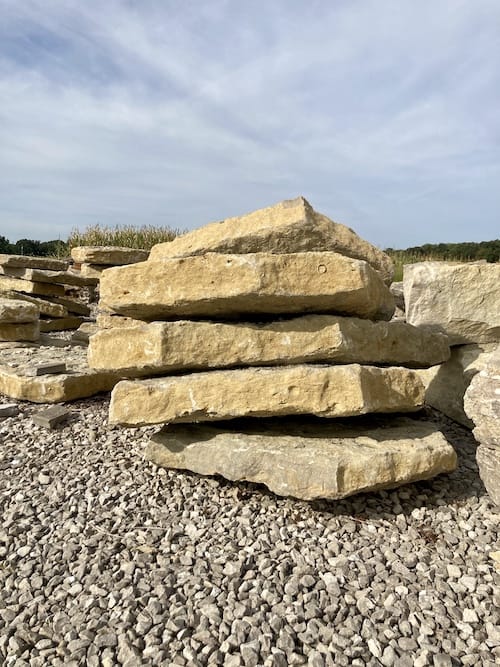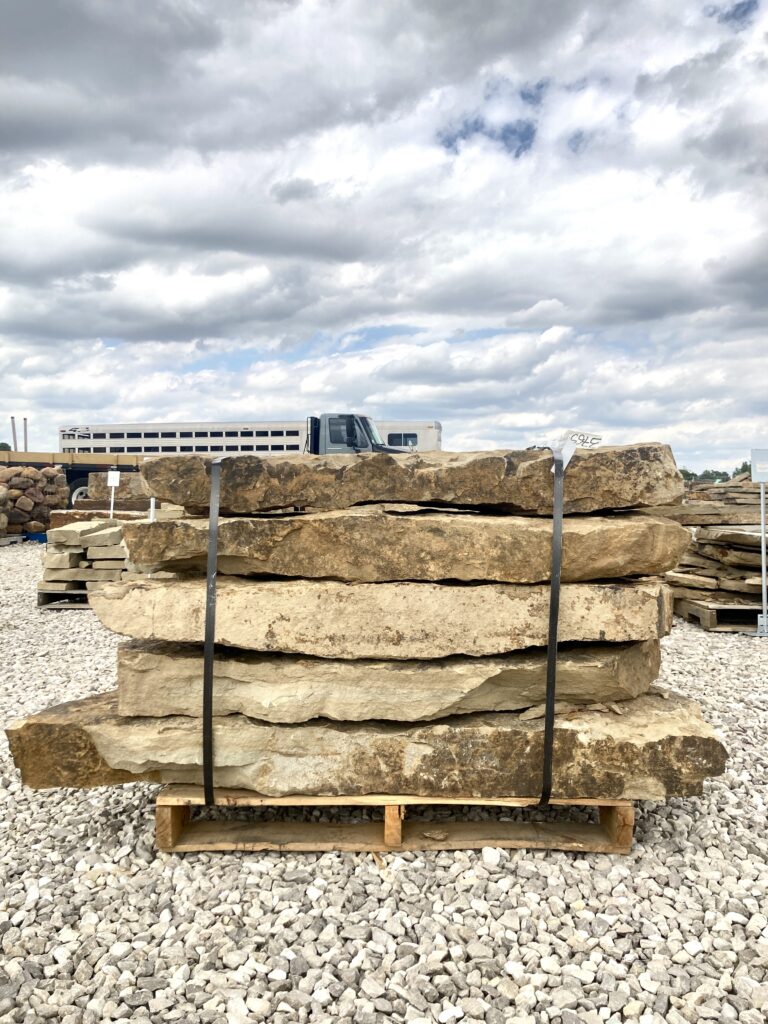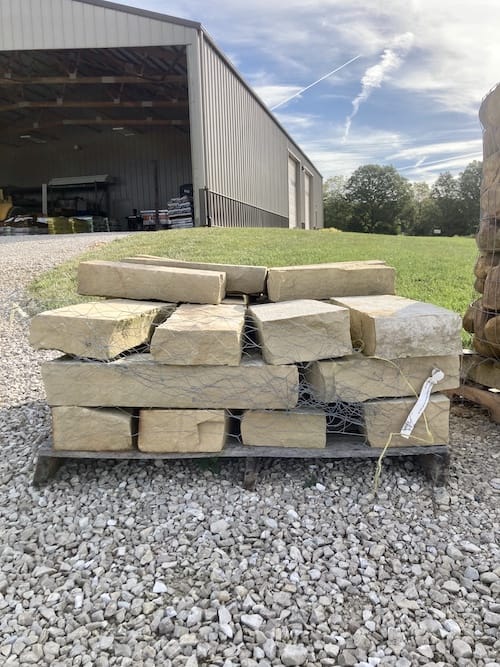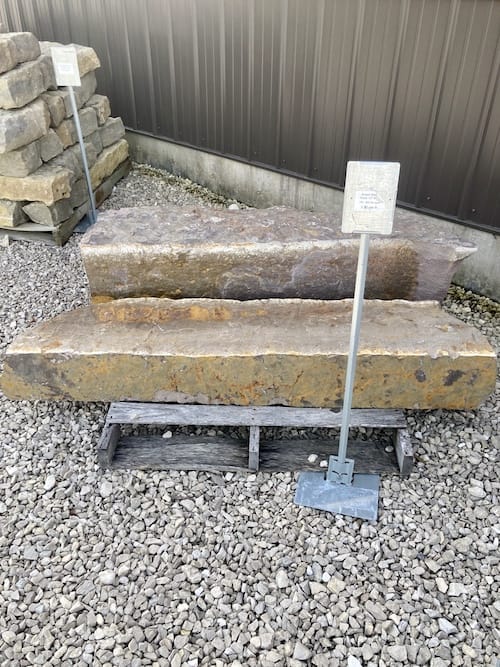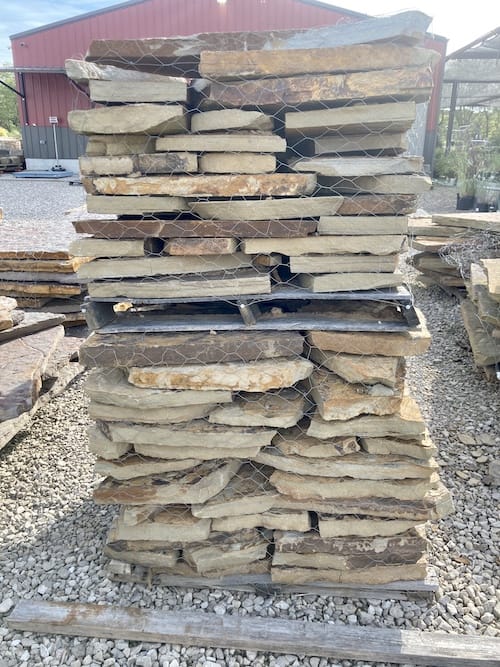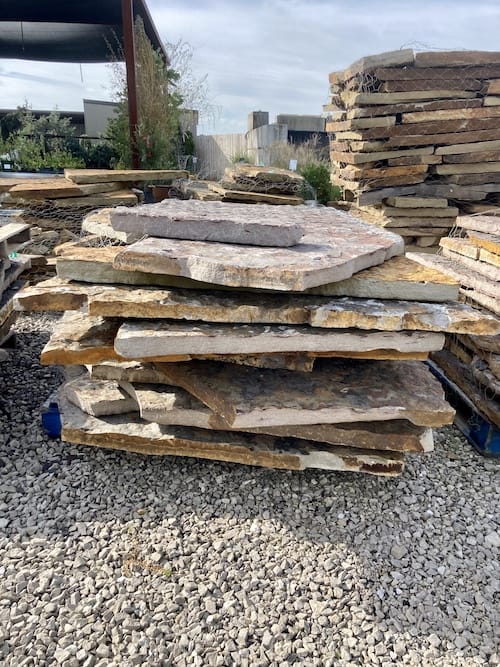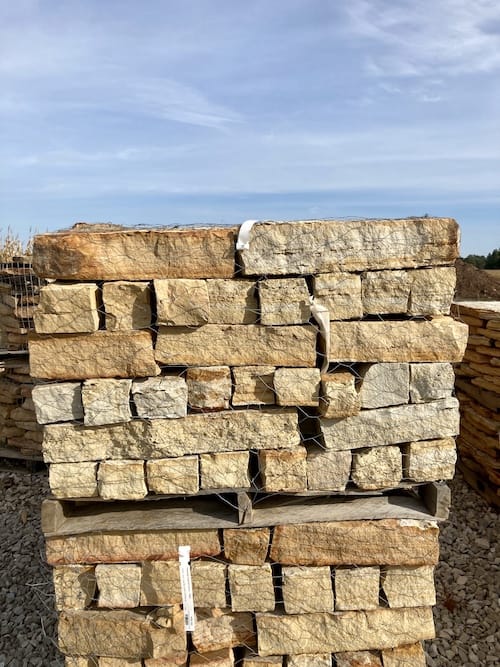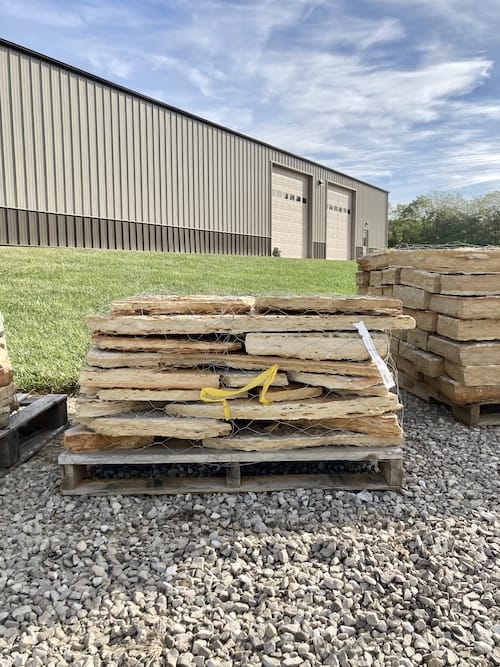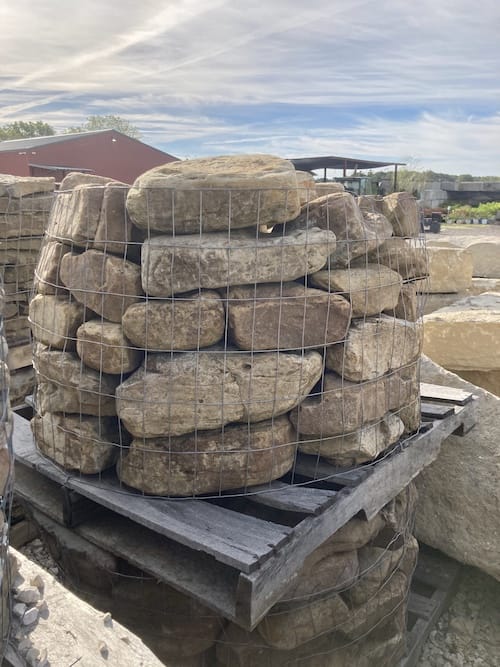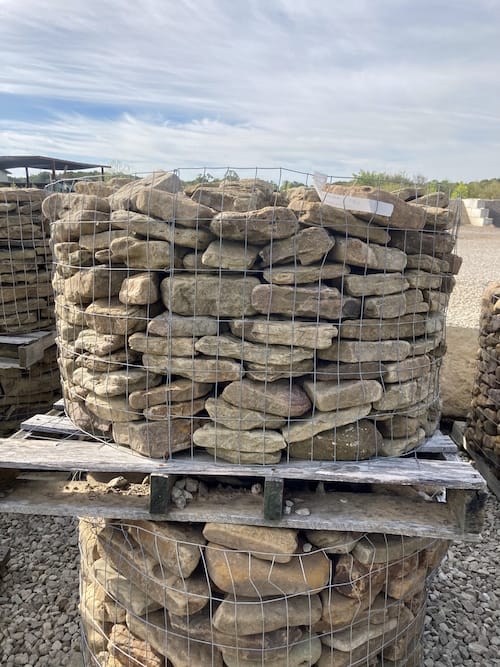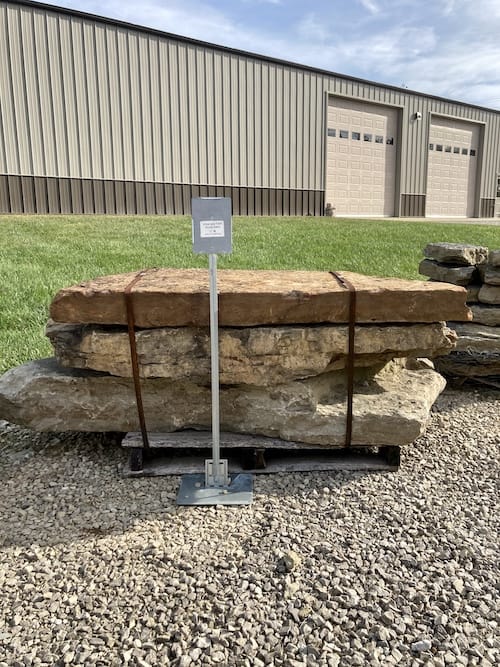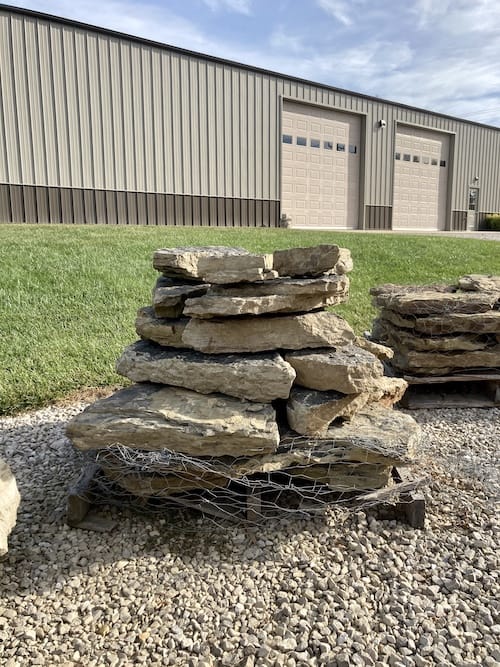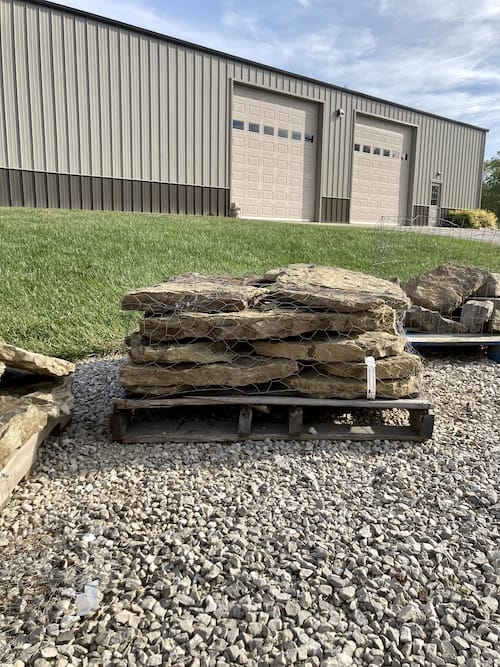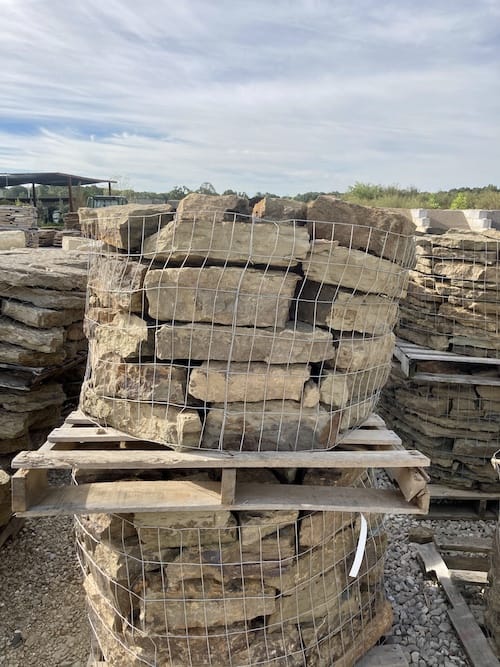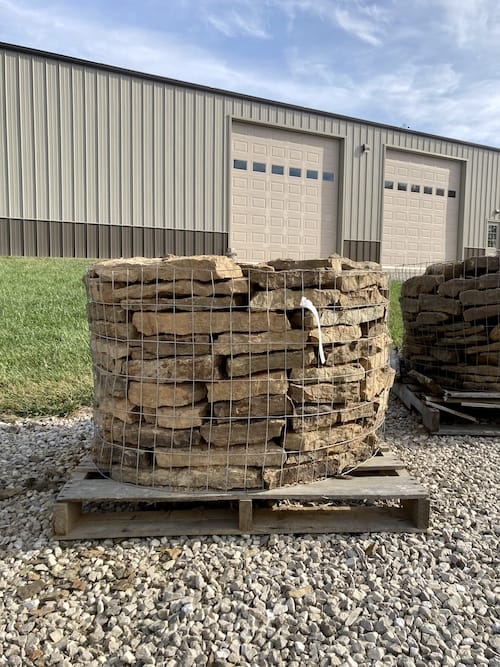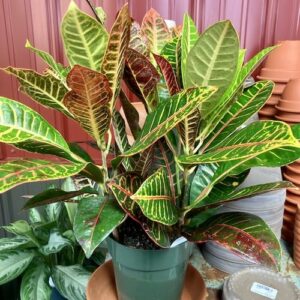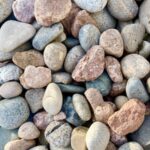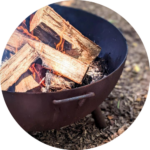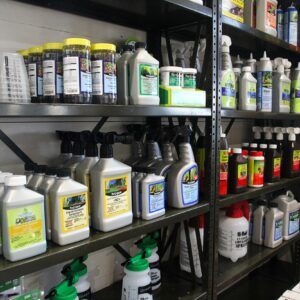Natural Stone Yard
In addition to carrying small bulk rock at our shop in Marshfield, MO, we have a stoneyard that serves Southwest Missouri residents. You can truly DIY your own landscaping from start to finish here – all with commercial grade supplies that last longer than standard retail materials. Get pallets of rocks for sale, or just pick up a few landscaping stones for a small project.
Filter By
Filter By
$0.12
$0.12
1200-4500
$0.10
$0.10
$0.12
1700-3500
$0.18
$659.25
$0.18
$499.99
$0.18
$0.25
$0.25
550-650
$0.14
1000-3000
$0.16
700-1750
$0.18
$500-720
430-1200
$0.25
$0.20
750-1100
$0.30
$600-1200
2900-4100
$0.20
$600-800
3500-4000
$110.00
200-440
$0.25
$800-1000
4100-4500
$0.20
$700-900
3800-4800
$0.25
$800-1000
3500-4500
$0.25
$580-800
3000-4000
$0.18
$480-550
2800-3500
$0.25
$329.99
2000-2500
$0.25
$359.99
1500-2000
$0.18
$289.99
2000-2200
$0.18
$289.99
1300-1500
$0.18
$0.25
$289.99
1300-1500
$0.25
$289.99
1300-1500
$0.18
$249.99
1800-2200
$0.18
$289.99
2000-2200
$0.18
$500-720
430-1200
$0.30
$600-1200
2900-4100
$0.20
$600-800
3500-4000
$0.25
$800-1000
4100-4500
$0.20
$700-900
3800-4800
$0.25
$800-1000
3500-4500
$0.25
$580-800
3000-4000
$0.18
$480-550
2800-3500
$0.25
$329.99
2000-2500
$0.25
$359.99
1500-2000
$0.18
$289.99
2000-2200
$0.18
$289.99
1300-1500
$0.25
$289.99
1300-1500
$0.25
$289.99
1300-1500
$0.18
$249.99
1800-2200
$0.18
$289.99
2000-2200
What Should Different Stone Types be Used For?
Rocks labeled as “stones”, like Arkansas Field Stone, Arkansas Creek Stone, and others, can be used as edging. If you’re building a border on a bed of equal height, one layer of stones can do the job.
You can also dry stack these stones several feet high to create an elevated bed. It’s not recommended to dry stack higher than 3 1/2 feet. To create a taller wall, mortar is used.
Builders often create hardscape block features like fireplaces, and then face the wall with vertically mortared stones.
These freeform stones have unique edges that give walls and borders a more rustic and organic feel.
If you want to dry-stack a fieldstone wall that’s 1′ tall and 15′-20′ long, you can estimate that it will take about 1 pallet (which is 1 to 1 1/2 tons).
Patio stones are thin flat rocks that are perfect for creating a flat surface for walking.
The spaces between patio stones can be filled in with mortar, sand, pea gravel, and sometimes even live plants like grass or moss.
Patio stones are pavers, but not all pavers are patio stones. Patio pavers can also be made out of concrete, brick, or even plastic. Pavers generally refer to material that interlocks to make a surface without much space between objects.
To estimate patio stone quantities, we say that for every 100 square foot you want to lay with 2″ rock, you’ll need about 1 ton of patio stone. Each pallet varies from 1.5 to 2 tons.
Chopped stones are cut into uniform dimensions after the natural stone slabs are removed from the earth. Using chopped stone, as opposed to something with a variable edge, gives a more modern look, while keeping the timelessness of natural stone.
Chopped stone can be dry stacked or mortared to create a wall as well as used as a single layer border. They also make excellent natural stone fireplaces, fireplace veneer, and pillars.
To estimate the quantity you need, get 1 ton of chopped stone for every 30′-40′ of 4″ wall you want to build.
Steppers are larger versions of patio stones. They can vary in size from 1 1/2 feet to 4 feet in diameter. Lots of customers use them to create a footpath by surrounding them with gravel or mulch. They also work as stairs, depending on their size.
Large stone landscaping slabs make impressive outdoor doorsteps and indoor entryways. Of course, decorative stone slabs are also a favorite for stair treads. If you’re looking for big flat rocks for landscaping, it’s probably these!
Where's the flagstone?
Flagstone is mostly used to mean wide and flat rock. It comes out of the earth in thin layers. We call it patio stone because it’s the perfect shape for just that. Flagstone stepping stones are also a favorite.
Ways to Purchase Large Landscaping Stone
Our bulk large stones are priced per pound. Whether you buy a few rocks to edge a landscape bed or a few pallets for a flagstone patio, we can help.
Landscaping Rock by the Stone
For those with small projects that require a few stones, you’re welcome to come by and choose specific stones that work for you.
Landscaping Rock by the Pallet
Purchase by the pallet for large projects. Bring your trailer and we’re happy to load you up. Pallets end up being about 1 or two tons apiece.
Landscaping Rock Delivered
Let us simplify things by delivering your stone pallets. We charge a flat $85 for delivery within 15 miles of the store in Marshfield, MO, or $200 if we bring equipment for offloading.
Add $6 per additional mile from the store.
Tips from Our Pro
Kevin Runyon, owner of our sister company, Custom Creations, has some advice for designing with large stones. Custom Creations offers design, installation, and landscaping services for homeowners who want a full-service experience.
What kind of stone to use
The first thing you’ll want to decide on is what look you want to achieve. Do you have a contemporary home with clean lines or do you like the farmhouse look? Chopped stone helps you continue the crisp modern lines of your home into your outdoor area. Field stone will create a more natural well-worn aesthetic.
You must consider the material of the stone when designing as well. Limestone ages black over time and displays a beautiful patina. Sandstone offers a grippy texture for walking when wet.
Mixing stone types
When choosing to use different landscaping stone variations on the same project, it’s important to keep in mind the style and color you’re going for.
For example, if you’ve chosen Field Stone for landscape bed edging, incorporating a few Mossy Boulders could give a really nice look. Both stone types are in the same color family, and are rounded with a bit of angularity.
Using chopped stone with natural stone may not create the same consistent look. For chopped stone walls, it’s best to use processed accent rocks with clean lines.
Professional Assistance
If you have a plan but want help making it come to life, contact Kevin over at Custom Creations. He provides expert consulting on water management, grading, and plants. His team can make your yard a peaceful functional space without you lifting a finger.

